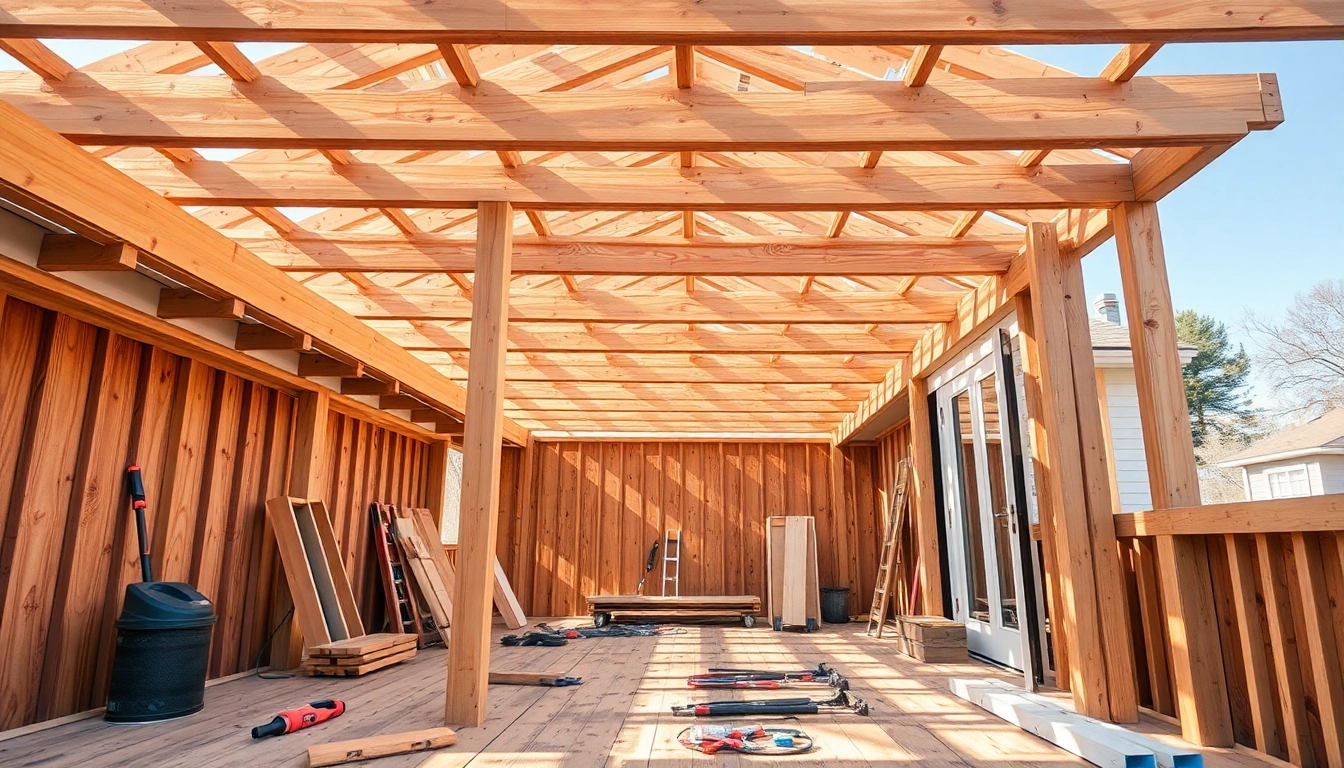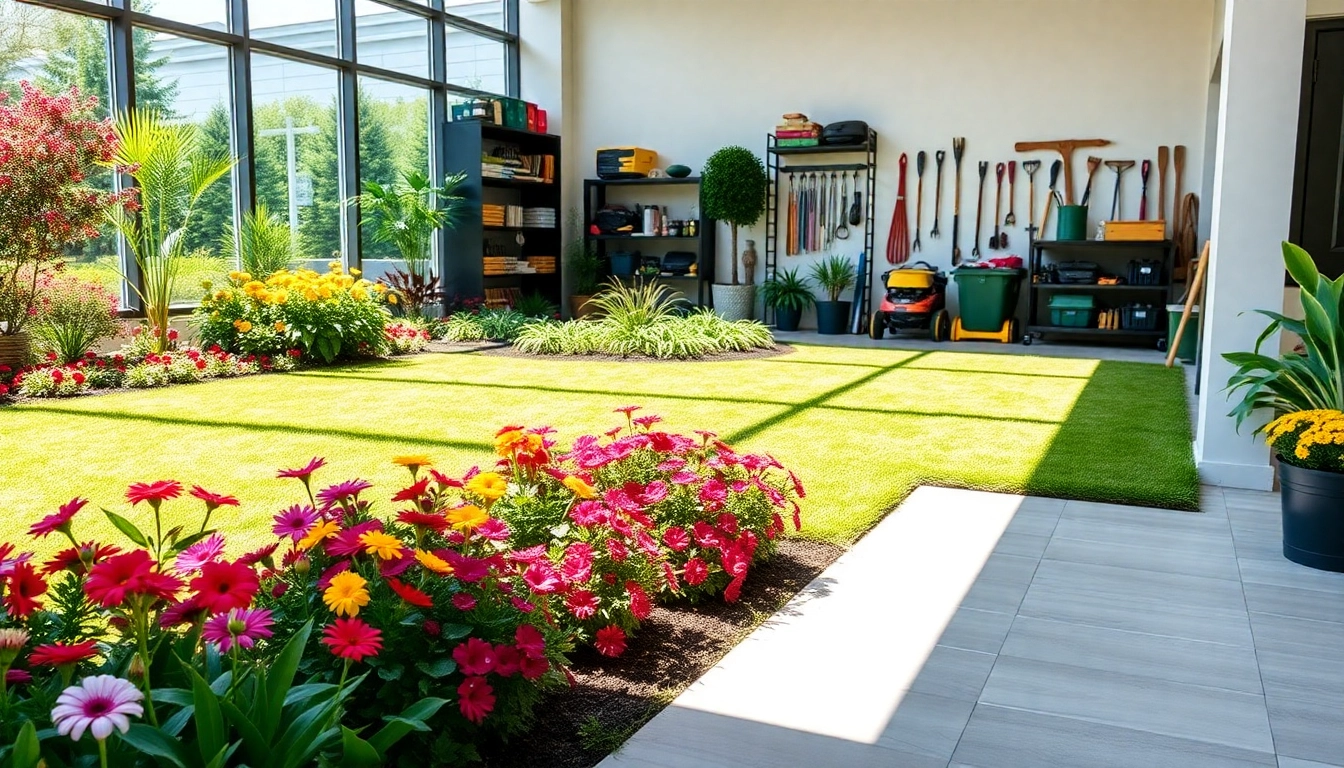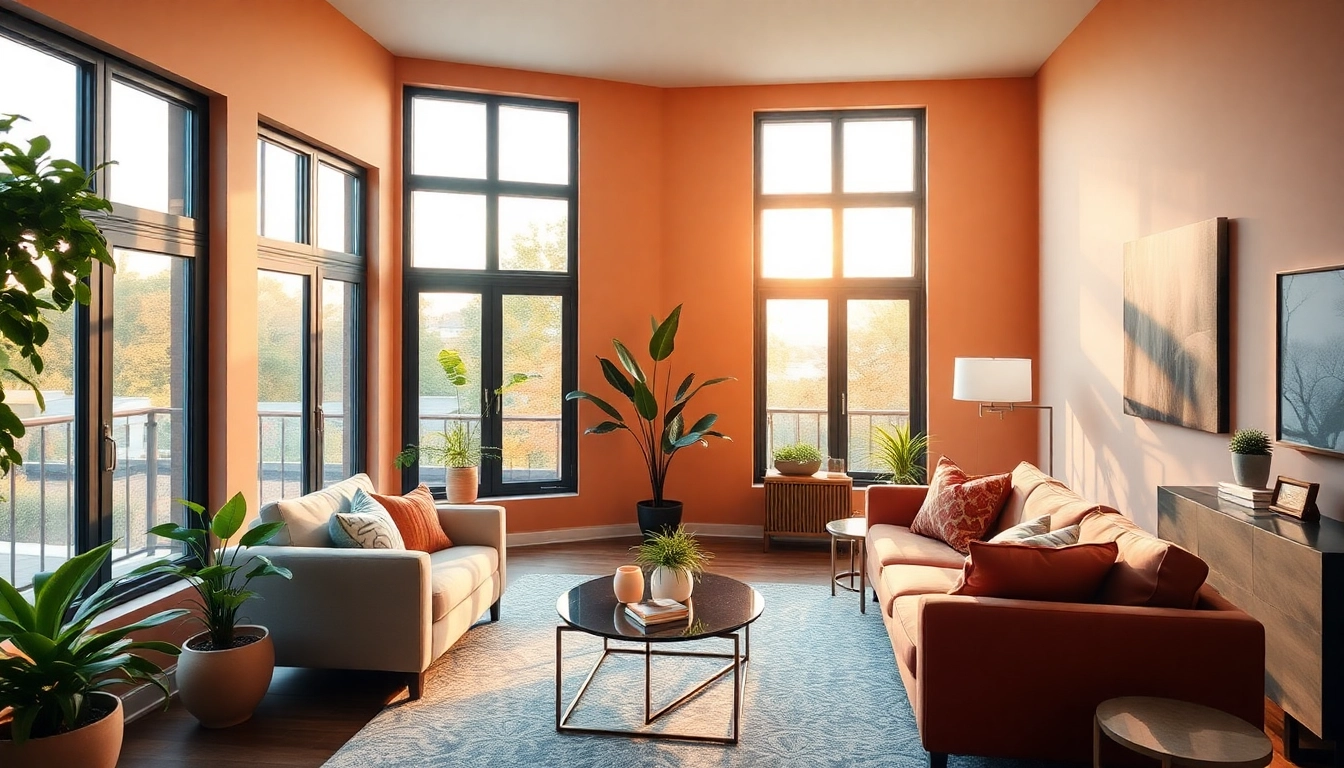Introduction to Deck Construction
Deck construction is a rewarding endeavor, allowing homeowners to enhance their outdoor space. A well-constructed deck not only extends living areas into the outdoors but also adds significant value to a property. However, undertaking such a project requires careful planning, a deep understanding of various deck types, material selection, and compliance with building codes. If you’re considering a deck construction project, this guide will provide you with all the essential steps and tips for success. From understanding different deck types to the meticulous construction process, we’ll cover everything. Let’s get started on your journey to a perfect outdoor space with deck construction.
Understanding Deck Types
There are several types of decks to consider when embarking on a construction project. Each type serves different purposes and dramatically influences the aesthetics and functionality of your outdoor space.
- Wood Decks: Classic and timeless, wood decks offer a natural look that can seamlessly blend with landscaping. They can be constructed with various wood types such as cedar, redwood, or pressure-treated lumber.
- Composite Decks: Made from a combination of wood fibers and plastic, composite decks are known for their durability and low maintenance. They resist fading, scratching, and staining, making them an increasingly popular choice.
- Aluminum Decks: Lightweight and resistant to harsh weather conditions, aluminum decks are ideal for coastal regions. They are durable and require minimal maintenance, but they can be pricier than wood or composite options.
- Rooftop Decks: Perfect for urban settings, rooftop decks provide a delightful space for relaxation and gatherings. They require specific structural considerations, as they sit atop existing buildings.
Choosing the Right Materials
Material selection is critical in deck construction. The choice of materials will greatly affect the deck’s durability, appearance, and maintenance requirements. Here are some options to consider:
- Pressure-Treated Lumber: This is the most common material used for deck framing and support. It is treated with chemical preservatives to resist rot and insect damage.
- Cedar and Redwood: These woods are naturally resistant to moisture and insects. While pricier, they offer unparalleled beauty and require less maintenance than other wood types.
- Composite Materials: Made from recycled wood and plastic, composite materials are becoming increasingly popular for decking surfaces because they are low-maintenance and available in a variety of colors.
- Decking Tiles: Ideal for DIYers, decking tiles can be installed without traditional fasteners. They often come in composite or hardwood options and provide a unique look.
Importance of Compliance with Building Codes
Before breaking ground on your deck project, it’s essential to familiarize yourself with local building codes and regulations. Building codes dictate how decks must be constructed to ensure safety and usability. Major components such as:
- Footings and Beams: Proper design and placement of footings and beams are crucial to prevent structural failure.
- Railings: Most codes require railings for decks that are elevated above a certain height. Understanding the height and spacing requirements will ensure compliance.
- Permits: Many municipalities require a permit before starting deck construction. Failing to obtain one can lead to legal issues and may require costly modifications later.
Planning Your Deck Build
Planning is the foundation of a successful deck construction project. A well-thought-out plan can save you time, money, and headaches down the line.
Assessing Your Outdoor Space
Before constructing your deck, assess the outdoor space to determine the optimal location and size. Consider factors such as:
- Privacy: Consider the proximity of neighbors and streets. Your deck location should allow for privacy while maximizing sunlight exposure.
- Access: Ensure your deck is easily accessible from the main living areas of your home, and consider how it integrates with existing outdoor pathways or landscaping.
- Drainage: Think about how rainwater drains from your property. It’s essential to position your deck where excess water doesn’t pool around the foundations.
Creating a Functional Design
Once you’ve assessed the space, it’s time to design your deck. A functional design enhances usability and complements your home’s architecture. Here are some tips:
- Size and Shape: Determine the best size and shape for your deck based on the space available and the intended use, whether for entertaining, dining, or relaxing.
- Levels: Multi-tiered decks can create visual interest and define separate spaces for different activities.
- Built-Ins: Incorporate built-in benches, planters, or even a fire pit to enhance the functionality of your deck.
Budgeting for Your Deck Project
Creating a budget for your deck construction project is vital to avoid overspending. Here are some essential factors to keep in mind:
- Material Costs: The choice of materials will significantly impact your overall budget. Research the costs of different material options, including their longevity and maintenance.
- Labor Costs: If you plan to hire a contractor, factor in the labor costs as well. Choose reputable contractors who offer transparent estimates.
- Permits and Inspections: Include any fees required for permits and potential inspections catered to your local building codes in your budget.
- Contingency Fund: Always set aside 10-20% of your budget as a contingency for unforeseen expenses that may arise during construction.
Deck Construction Process: Step-by-Step
Once you have completed the planning phase, it’s time to begin the deck construction process. Follow this step-by-step guide to ensure a successful build.
Preparation and Site Clearance
Preparing the site for your deck is crucial for a smooth construction process. This phase typically involves:
- Clearing the Area: Remove any vegetation, grass, and debris from the designated area. This step might involve excavating soil if necessary.
- Marking the Layout: Use stakes and string to mark the outline of your deck. This visual cue helps determine if the design fits well within the space.
Foundations and Support Structures
Proper foundations and support structures are vital for ensuring your deck’s stability. This phase includes:
- Installing Footings: Dig holes for footings based on local code requirements. Use concrete to ensure a firm foundation and prevent settling.
- Setting Posts and Beams: Once the footings cure, install vertical posts to connect with beams, providing the necessary support for the deck.
Framing and Decking Installation
With a solid foundation in place, it’s time to frame and install the decking. This stage involves:
- Framing the Deck: Attach rim joists around the perimeter to define the deck’s shape and install joists, which will support the decking boards.
- Installing the Decking: Lay decking boards perpendicular to the joists, spacing them appropriately for drainage and expansion. Secure them with deck screws or hidden fasteners for a clean finish.
Common Challenges in Deck Construction
While deck construction can be straightforward, several challenges may arise throughout the process. Identifying these challenges early can help you mitigate issues effectively.
Weather Issues and Scheduling
Weather conditions can significantly affect your construction timeline. Here are tips to navigate weather challenges:
- Monitor Forecasts: Keep an eye on weather forecasts and adjust your schedule accordingly. Aim for construction during dry periods to minimize complications.
- Flexible Scheduling: Be prepared to adapt your construction schedule to account for unexpected weather delays.
Material Selection Dilemmas
Choosing the right materials can be daunting. Here are a few tips to simplify the process:
- Research Manufacturers: Investigate reviews and warranty offerings from different manufacturers to ensure you are purchasing high-quality materials.
- Sample Materials: Purchase samples or visit showrooms to see how materials will look and feel before making a commitment.
Ensuring Structural Stability
Maintaining structural integrity is crucial for safety. Consider these tips:
- Consult Professionals: Bring in a professional or structural engineer to ensure your design meets local codes and will remain stable over time.
- Regular Inspections: Schedule regular inspections during and after construction to ensure stability and address any potential issues promptly.
Maintenance and Care for Your Deck
After your deck is built, ongoing maintenance is critical to preserving its aesthetics and functionality. Proper care can extend the lifespan of your investment.
Seasonal Maintenance Tips
Regular seasonal maintenance helps keep your deck looking great year-round:
- Spring Cleaning: In spring, clean your deck thoroughly to remove debris and dirt that collected during winter. Use a mild detergent and brush for this task.
- Fall Checks: Before winter arrives, check for any damaged boards or nails that may need repair. Addressing these issues can prevent bigger problems later.
Repairing Common Deck Issues
Over time, decks can experience common issues that need addressing:
- Loose Boards: Inspect and tighten screws and boards regularly. Replace any that have become warped or damaged.
- Rot and Decay: Wood decks are particularly susceptible to rot. Keep an eye out for soft spots or discoloration, and replace affected boards as needed.
Choosing Finishes for Longevity
Choosing the right finishes can enhance the look and longevity of your deck:
- Sealers and Stains: Applying sealers or stains helps protect wood from water damage and UV rays. Choose a product suitable for your decking material.
- Regular Treatments: Reapply treatments based on manufacturer recommendations to maintain a protective layer against weathering.



